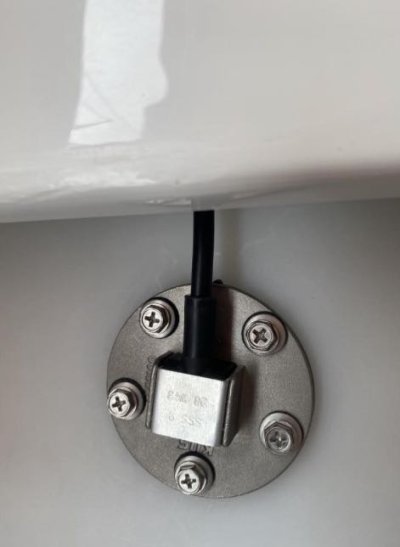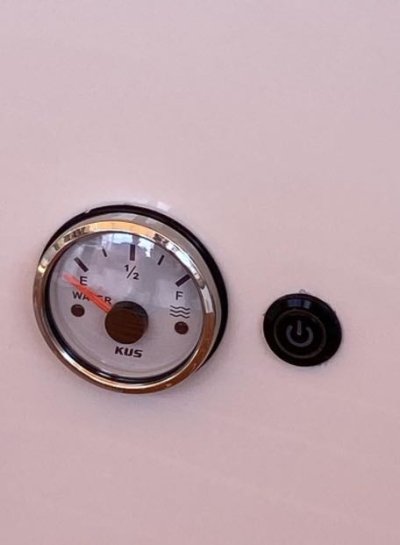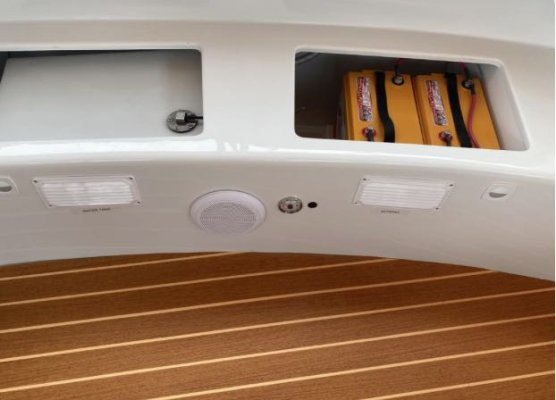This weekend, I pulled out the float sensor in my water tank.
I have a metal tank, the sensor has the 5 screws around the perimeter.
The strange thing was that the screws weren't threaded into the tank itself. There is a metal ring with threaded holes on the inside of the tank, basically clamping the sending unit to the tank. I was VERY lucky that one of the screws stuck, allowing me to find out that the interior supporting ring was completely separate from the tank. With most of the screws removed, I was able to carefully work the ring out (there was a notch cut in it to allow it to get through the hole in the tank).
Has anyone seen this before? Or do most cases just drill holes in the tank, secure with self tapping screws, and call it a day?
It looks like there was some sort of anti-seize compound on the screw threads, possibly to keep them from backing out, more likely to keep them from corroding - I was fairly shocked to be able to get the screws out after 40 years!
I'm assuming I should use anti-seize when I put in the new sensor. What compound is SAFE to use in a water tank? (or is there such a thing?) I had to use a little PB-Blaster to get the screws loose, and I'm sure there was some amount of dirt/debris that fell into the tank. So I won't be DRINKING the water any time soon. But eventually, it would be nice if I could flush the tank enough to be able to trust the water for drinking. For now, I'll just use it for washing.
I have a metal tank, the sensor has the 5 screws around the perimeter.
The strange thing was that the screws weren't threaded into the tank itself. There is a metal ring with threaded holes on the inside of the tank, basically clamping the sending unit to the tank. I was VERY lucky that one of the screws stuck, allowing me to find out that the interior supporting ring was completely separate from the tank. With most of the screws removed, I was able to carefully work the ring out (there was a notch cut in it to allow it to get through the hole in the tank).
Has anyone seen this before? Or do most cases just drill holes in the tank, secure with self tapping screws, and call it a day?
It looks like there was some sort of anti-seize compound on the screw threads, possibly to keep them from backing out, more likely to keep them from corroding - I was fairly shocked to be able to get the screws out after 40 years!
I'm assuming I should use anti-seize when I put in the new sensor. What compound is SAFE to use in a water tank? (or is there such a thing?) I had to use a little PB-Blaster to get the screws loose, and I'm sure there was some amount of dirt/debris that fell into the tank. So I won't be DRINKING the water any time soon. But eventually, it would be nice if I could flush the tank enough to be able to trust the water for drinking. For now, I'll just use it for washing.



